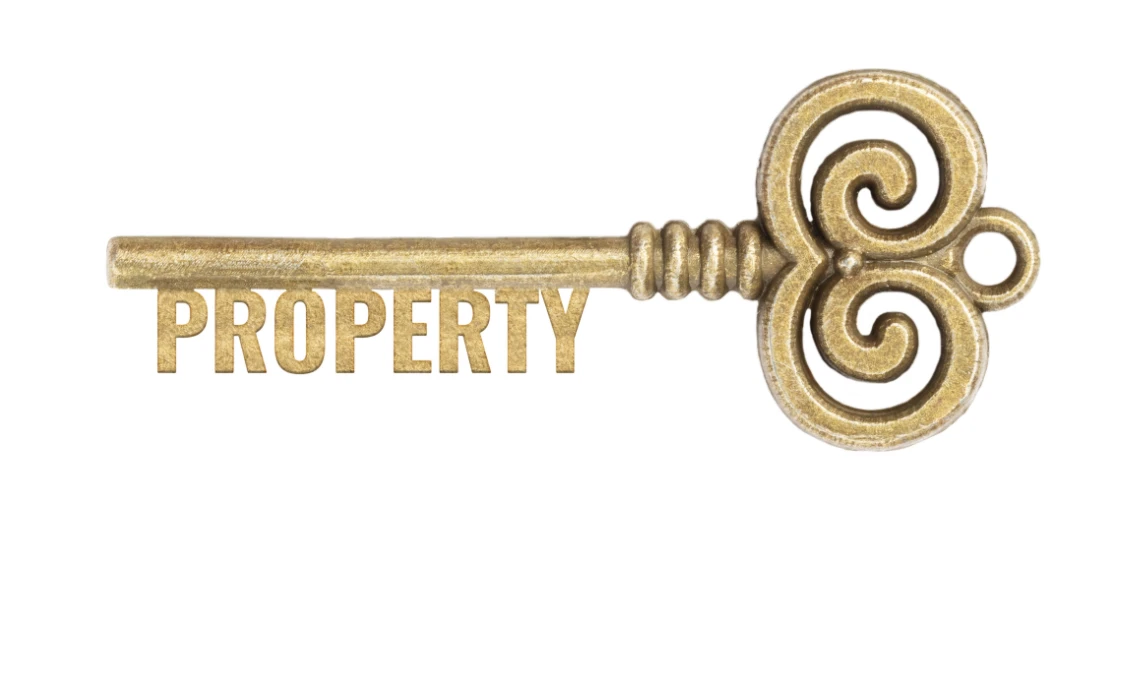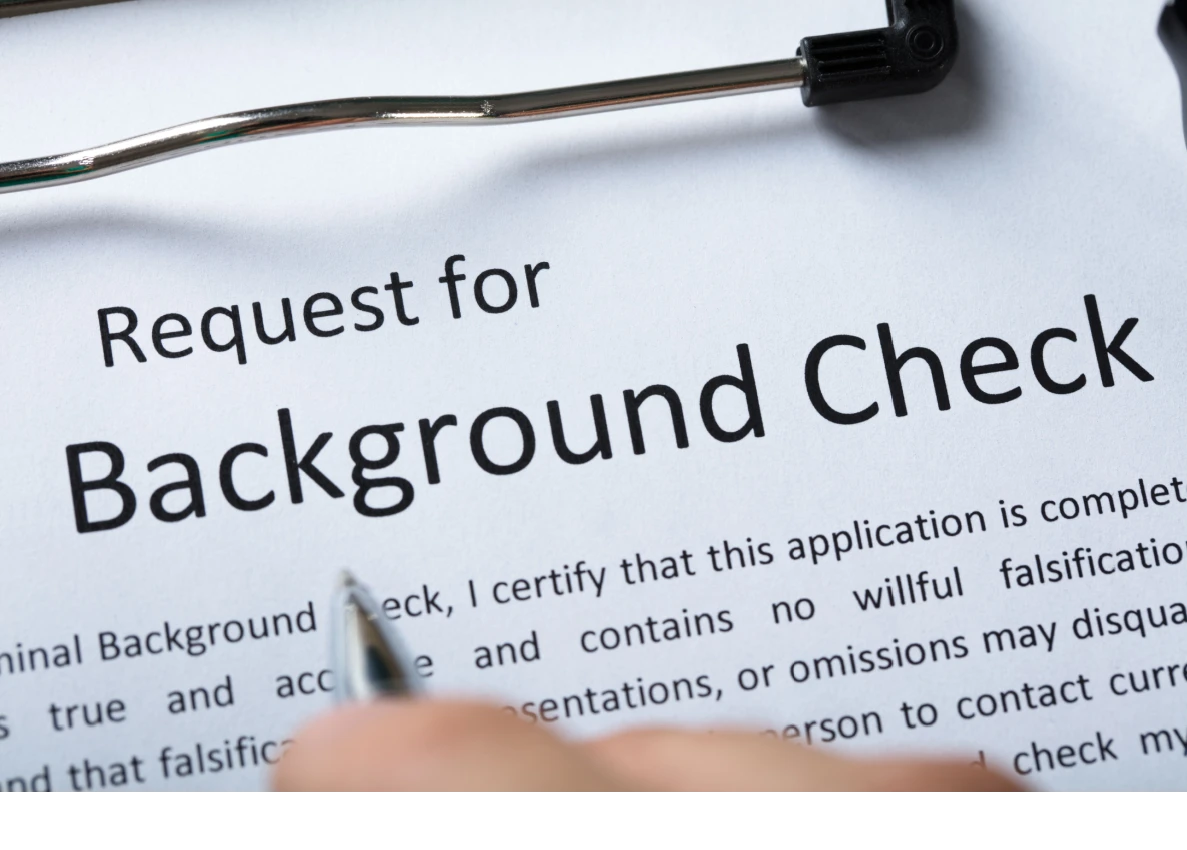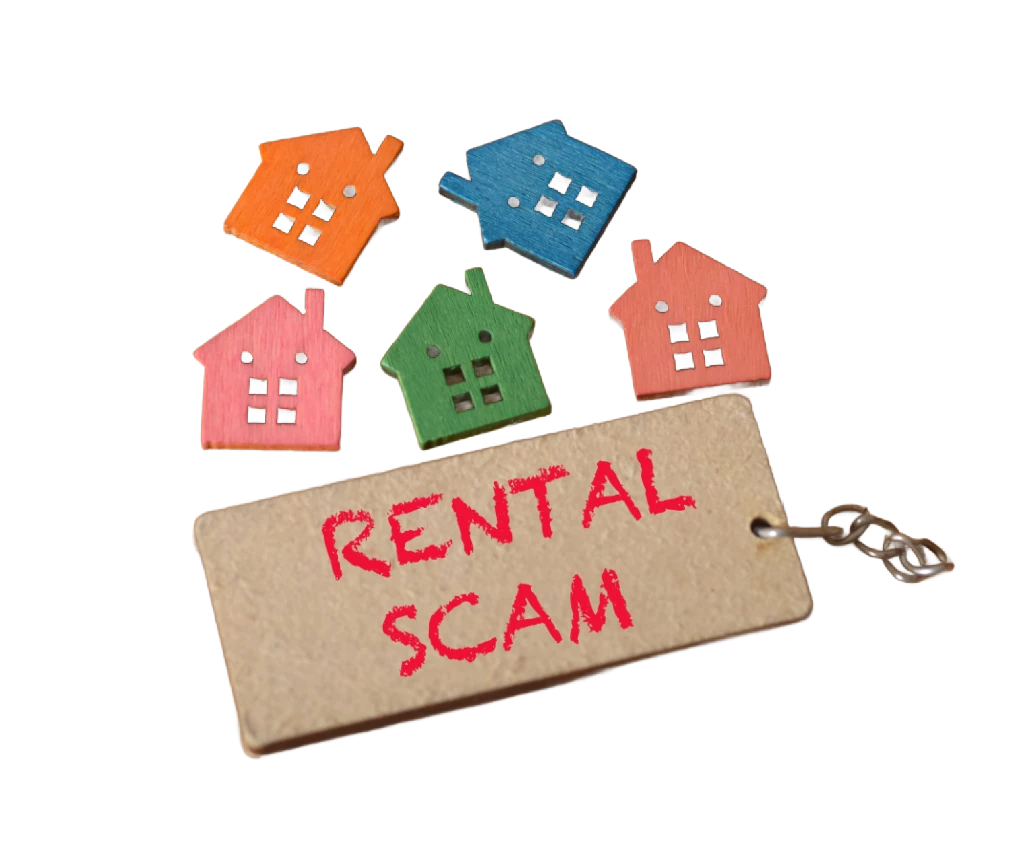It’s Not What You Think

How Are Real Estate Properties Valued?
One of the most misunderstood concepts in real estate is how properties are valued. The most common myth? “Properties are sold based on their in-place income.”
This couldn’t be further from the truth.
If this were the case, a vacant 4-unit property would technically have a 0% cap rate and sell for $0. That clearly doesn’t reflect reality vacant properties are almost always worth something, often significantly more than zero.
So how are properties actually valued?
The answer: based on stabilized yield, not current income.
Let’s break this down with an example:
The Scenario:
You’re evaluating a vacant 4-unit multifamily property. Here are your assumptions:
• Market rent: $1,200/month
• Lease-up & reserve costs: $60,000
• Market occupancy: 95%
• NOI margin: 65%
• Market cap rate: 5%
Step 1: Calculate Stabilized NOI
Gross income:
$1,200 x 4 units x 12 months x 95% = $54,720
Net Operating Income (NOI):
$54,720 x 65% = $35,568
Get a Free Multifamily Loan Quote
Access Non-Recourse, 10+ Year Fixed, 30-Year Amortization
Step 2: Determine Stabilized Value
Stabilized value:
$35,568 ÷ 5% cap rate = $711,360
But you have to account for the $60,000 in renovation and reserve costs.
Adjusted market value = $711,360 – $60,000 = $651,360
Step 3: Apply a Risk-Adjusted Return
You wouldn’t pay market value for a vacant property you’re taking on leasing risk, renovation risk, and execution risk. So you adjust the yield to reflect that.
Let’s say you require a 250 bps premium over the market cap rate:
7.5% risk-adjusted return
$35,568 ÷ 7.5% = $474,240
After subtracting the $60K in costs:
Your offer = $414,240
The Logic:
The gap between the stabilized value and your basis is your upside your incentive for taking on the risk. That’s how investors underwrite value-add opportunities.
Ultimately, properties trade based on the stabilized income potential and the return required by the buyer. The lower your required yield (i.e., your cost of capital), the more aggressive you can be and the more likely you are to win deals.
Key Terms Simplified:
• In-place cap rate: The current return based on the seller’s income and price
• Going-in cap rate: The buyer’s projected return in year one
• Market cap rate: The average return stabilized properties trade for in a given area
• Stabilized yield: NOI ÷ total investment (purchase + renovation + reserves)
Bottom Line:
Real estate valuation is driven by future income potential and required return thresholds, not what’s currently in place. It’s about what it could be worth, not what it’s earning today.
Source: Multifamily Insiders















 Accessibility
Accessibility